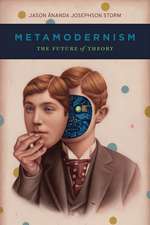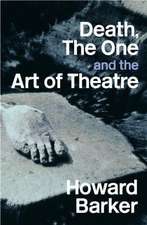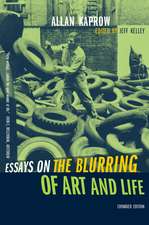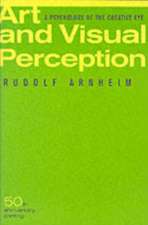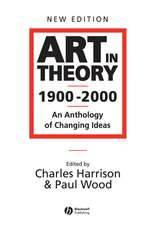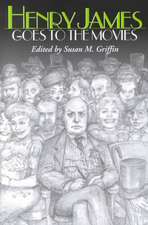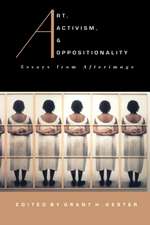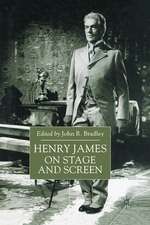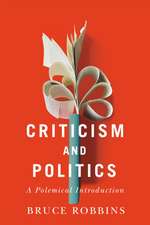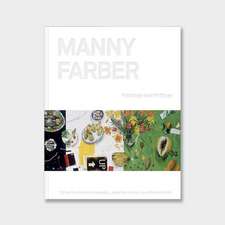Structural Intuitions: Seeing Shapes in Art and Science: Page-Barbour Lectures
Autor Martin Kempen Limba Engleză Hardback – 7 mar 2016 – vârsta de la 22 ani
"All great achievements of science must start from intuitive knowledge," wrote Albert Einstein. In "Structural Intuitions, " a fascinating exploration of the commonalities between two seemingly disparate realms, renowned art historian Martin Kemp applies Einstein's notion both to science and to art.
Kemp argues that in both fields, work begins at the intuitive level, curiosity aroused by our recognition of patterns or order. Kemp's "structural intuitions," then, are the ways we engage fundamental perceptual and cognitive mechanisms to bring order to our observed world. Through stimulating juxtaposition, Kemp considers connections between naturally occurring patterns, cognitive processes, and artistic and scientific expression, drawing on an array of examples from the Renaissance through the present.
Taking a broadly historical approach, Kemp examines forms and processes such as the geometry of Platonic solids, the dynamics of growth, and the patterns of fluids in motion, while placing the work of contemporary artists, engineers, and scientists in dialogue with that of visionaries such as Leonardo da Vinci and D'Arcy Thompson.
Richly illustrated, lucidly written, and wonderfully thought-provoking, "Structural Intuitions" is essential reading for anyone seeking insight into common ground in the arts and sciences.
Preț: 283.59 lei
Nou
54.28€ • 58.98$ • 45.63£
Carte disponibilă
Livrare economică 31 martie-14 aprilie
Specificații
ISBN-10: 0813937000
Pagini: 256
Dimensiuni: 185 x 221 x 18 mm
Greutate: 0.77 kg
Editura: University of Virginia Press
Seria Page-Barbour Lectures
Notă biografică
Martin Kemp is Emeritus Professor of the History of Art at the University of Oxford and the author of "Seen/Unseen, Leonardo, " and "Christ to Coke."
Descriere
"All great achievements of science must start from intuitive knowledge," wrote Albert Einstein. In "Structural Intuitions, " a fascinating exploration of the commonalities between two seemingly disparate realms, renowned art historian Martin Kemp applies Einstein's notion both to science and to art.
Kemp argues that in both fields, work begins at the intuitive level, curiosity aroused by our recognition of patterns or order. Kemp's "structural intuitions," then, are the ways we engage fundamental perceptual and cognitive mechanisms to bring order to our observed world. Through stimulating juxtaposition, Kemp considers connections between naturally occurring patterns, cognitive processes, and artistic and scientific expression, drawing on an array of examples from the Renaissance through the present.
Taking a broadly historical approach, Kemp examines forms and processes such as the geometry of Platonic solids, the dynamics of growth, and the patterns of fluids in motion, while placing the work of contemporary artists, engineers, and scientists in dialogue with that of visionaries such as Leonardo da Vinci and D'Arcy Thompson.
Richly illustrated, lucidly written, and wonderfully thought-provoking, "Structural Intuitions" is essential reading for anyone seeking insight into common ground in the arts and sciences.













